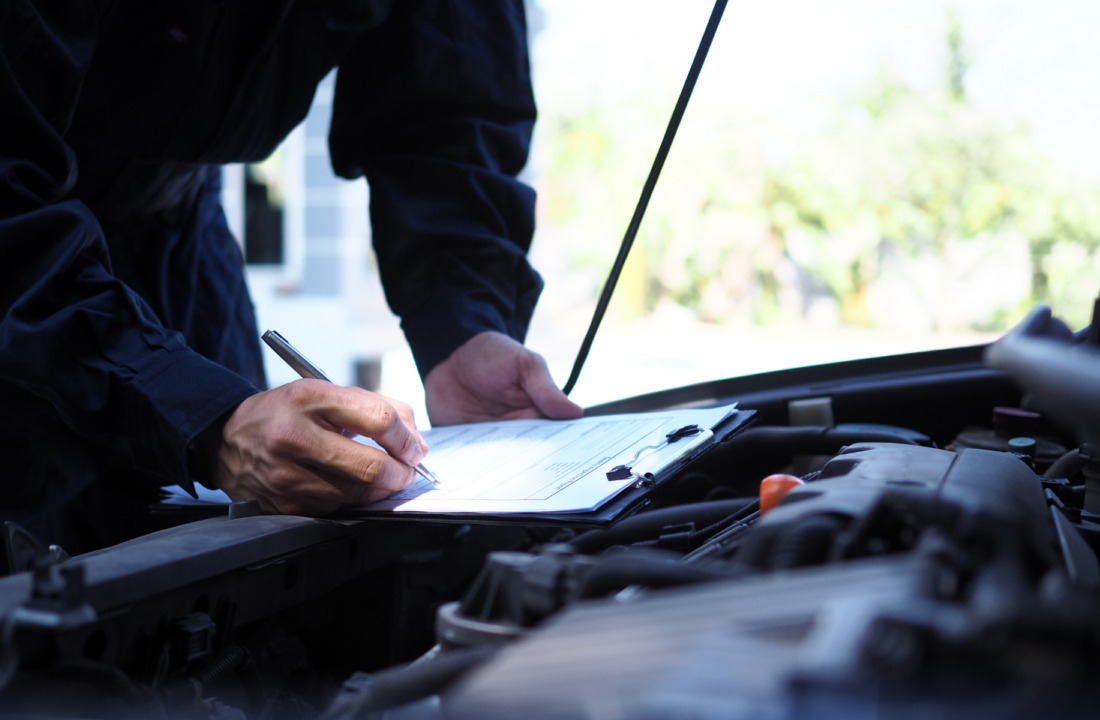
In discussions on the transition to zero emission vehicles there’s typically a heavy focus on how the technology will perform, challenges associated with infrastructure, and whether the grid can handle the demand, but another crucial piece has come to the forefront of discussions as a key consideration in the shift to EVs: workforce development.
Introducing new zero emission vehicle technology has far reaching impacts on an organization and requires new training and skills from personnel in maintenance, operations, facilities, and other departments.
This raises several questions for fleets making the transition to zero emission vehicles, including:
To get expert insights on the answers to these questions, we spoke to James Hall, the Principal and Founder of ZEB Tech LLC, with experience working at the International Transportation Learning Center and Transit Workforce Center where he played a key role in authoring the ZEB Training standards now available through APTA.
Take a look at the episode as James shares key insights on workforce development for fleets transition to ZEVs.
Daniel Hilson: The BetterFleet Academy provides fleet operators with everything they need to know about moving to an electric and hydrogen fleet. We look at issues in detail helped by thought leaders and our own staff here at EVenergi and BetterFleet.
Holly Montalban: When a fleet is transitioning to zero emission vehicles it’s crucial to consider workforce development in the planning process and take a strategic approach to training. In this episode we dive into this topic with James Hall, an expert in workforce development for the shift to electric vehicles. James is the Principal and Founder of ZEB Tech LLC with experience working at the International Transportation Learning Center and Transit Workforce Center where he authored the ZEB training standards now available through APTA. Take a look as James covers everything from best practices for workforce development to success stories, challenges, and advice for fleets transitioning to zero emissions. What are the typical skills gaps for a workforce transitioning to an electric fleet?
James Hall: So, some of the biggest knowledge gaps from a technical standpoint exist with the basic electrical concepts. Technicians may understand electrical theory but they haven’t had to use it for quite a while, so being able to translate that over to a lot of what they’re doing often presents a challenge. One of the other issues that we’re running into is that a lot of technicians have not had to use their digital multimeter at any point throughout their career; they’ve been able to troubleshoot using their eyes and ears. You now also have to account for regenerative braking and unless an operator has been taught how to plan out their stops in a way that maximizes their regenerative braking, you’re not going to get the same efficiency out of those vehicles.
I think in the majority of these cases, upskilling will be sufficient. A lot of the skills gaps that exist they’re very focused on one aspect of this, and that is typically the propulsion and the new high voltage systems, around the technical side of it. For hiring some people in we’ve seen that the automotive industry is actually starting to do a very good job with tech schools and preparing automotive techs for this type of technology and bring them into transit. But when we’re looking at the the basics of the work that needs to be done, the maintenance on these vehicles, brakes are still brakes, the pneumatic system has not changed at all if anything, the difference maybe being that you now have an electric drive motor that is running a compressor rather than a diesel engine that has a pulley connected to it, your wheels are still wheels – that hasn’t changed at all – the low voltage system for the most part is about the same, maybe a few more controllers that complicates it, but overall the technician skills that they have are pretty founded, so you can simply upskill with the new technology that they need to know.
Holly Montalban: What are some best practices for workforce development training?
James Hall: The best ones that I’ve seen so far are ones that are interactive. Every single adult learner that I have worked with in my industry is one that learns best by being able to see and then demonstrate that they have understood the concept. So if you have the idea of a 60/40 split between classroom and hands-on training that’s associated with whatever concept you’re trying to convey, we found that that tends to be the best way to show that that learner, that technician, that driver, that anybody that’s even in the back office, has learned that concept well.
Reinforcing what you’ve talked about every so often through refresher training is also just as important. We have regularly seen that throughout the industry an OEM will come in and do the training and your learners are feeling great about what they learned, but if they didn’t have the chance to be able to actually use any of the information that they learned within the first three months it’s almost guaranteed that they’ve forgotten most of it.
Augmented reality and virtual reality programs are starting to show a lot of promise here. So I’m going to use the example of LA Metro and AC Transit who are testing these new technologies, they are starting to blend those into their training programs and they’re seeing a lot of success with this, because now you have a trainer who may not be able to be at one location but can work directly with a technician to help them understand what the work process may be for a maintenance task and they’re so far away that they can still call in and guide them through that actual work process, and I think the technology is showing a lot of promise.
So in the two examples that I listed they are using what is essentially a HoloLens – the Microsoft HoloLens system – so the technicians have gone through a training program on how to use the HoloLens first, and then they get familiarized with the platform that’s being used between the trainer who is remote and the technician who is now working on the vehicle. So they start to have this conversation back and forth, and a trainer who’s remote may be able to bring up a CAD model essentially of the component that the technician is trying to get to and then also include work instructions on how to access that, so the technician can simply go through the work instructions in real time and then also see the CAD model of what they’re essentially either working to replace, perform maintenance on, whatever it may be.
In other cases they are using what is just the augmented reality through your phone, so you bring up your phone and it is essentially a FaceTime that has an overlay so that you can communicate with somebody who is skilled in the work that you’re trying to do from a remote location. But the pilots that we’ve seen so far with the HoloLens really seem to be the best.
Holly Montalban: What are some success stories when it comes to workforce development for the transition to zero emission vehicle fleets?
James Hall: There are three that come to mind and they’re all on the west coast right now. California tends to be a leader in driving change in transit. So one of the first is King County Metro – they have an extremely extensive zero emission fleet and their program right now is one of the most extensive that I’ve seen. Further, they are planning to release all of their research data that they’ve done, the reports that they have put together, and invite others in the industry out to their training program, their zero emission training program, because they know that there is value in that because others need this type of support.
AC Transit is also a leader in this, they have one of the best programs out there, there are quite a few contacts that I’ve made out there just because I am so so curious about the work that they’ve been doing and I’m blown away at how successful it is. LA Metro is the third one that comes to mind and the reason that I list them is because they have one of the most experienced subject matter experts that I’ve met in the industry. He leads their training team and I’ve seen the work that he puts into it and the amount of time that LA Metro has actively gone out of their way to guarantee that their workforce is safe, efficient and able to maintain their fleet.
On top of the three that I listed, VTA has been around for a long time and they have navigated this challenge extremely well for the size of their fleet. I’d say they’re medium large. VTA has been doing this for such a long time that they essentially have written the book on what a program needs to look like. They have apprenticeship programs in place as well, as do the other three that I mentioned, but they sort of led the way on mentorship as well.
Holly Montalban: What should fleets have in mind at the beginning of their ZEV transition?
James Hall: So to start I always recommend that it’s probably best to go with a skills gap analysis first, mainly because you don’t know what you don’t know until you don’t know it. So performing a skills gap analysis gives you that baseline so that you can understand exactly where your gaps are, where you need to start focusing your training, and then you can start building a program from there if you don’t already have one in place.
Start focusing on the familiarization aspect of this. You want to be able to introduce your entire workforce to the new technology, and the reason I say entire workforce is because you have to take into account the fact that there are some people that are in the back office that also will need to interact with these vehicles. If you’re transitioning your entire fleet that includes some of the personal fleet vehicles.
If you’re in the beginning stages, start planning for the late stages of your program roll out as well. Some of this is going to mean planning for things like teaching data analysis to some of your technicians. The reason I use that phrase is a lot of the troubleshooting techniques that are required for some of these vehicles include taking things like trace files and determining where spikes on a graph may indicate problems that are either going to present themselves in the future or led to a fault that was maybe a cascade failure further down the road. These are things that you can start planning for now that don’t necessarily have to be taught to your technicians immediately because you have a little bit of time to upskill your workforce, but the biggest thing that you should be focusing on is getting them familiar with the safety and the new subsystems that are that are on these vehicles.
Holly Montalban: What common workforce development mistake should transit agencies avoid when transitioning to zero emission vehicle fleets?
James Hall: The most common mistake is not engaging your frontline workforce. That is almost universally a recipe for disaster. If you are not talking to your frontline workforce about the challenges that they’re experiencing, about the things that they’re seeing with these vehicles, about their apprehension with any of the new technology and the skills that they have in comparison, it’s guaranteed to fail.
There are a few agencies that I’ve worked with previously who have a wonderful story about this, where they tried to initially transition and the technology did not work for them, so they unfortunately were in a spot where they essentially had to start all over again. They were frustrated because that was money wasted, that was time wasted, but what they did was they started to establish committees. So for the maintenance side of it for example, they would bring their, in this case they were unionized so they would bring union reps in, have an equal number of representation from the union side as well as on the management side to discuss some of these challenges, and the CEO of the agency was absolutely adamant that they had the power to be able to drive some of these changes.
So it is extremely important that you make sure that you have a good method and a good level of communication with your workforce, otherwise this is doomed to fail.
Holly Montalban: Thank you for watching this episode in our BetterFleet Academy series where we provide valuable insights and information on the transition to zero emission vehicles. We hope you enjoyed this episode and please share with anyone else who might be interested in these insights. Stay tuned for more upcoming episodes on vehicle electrification.
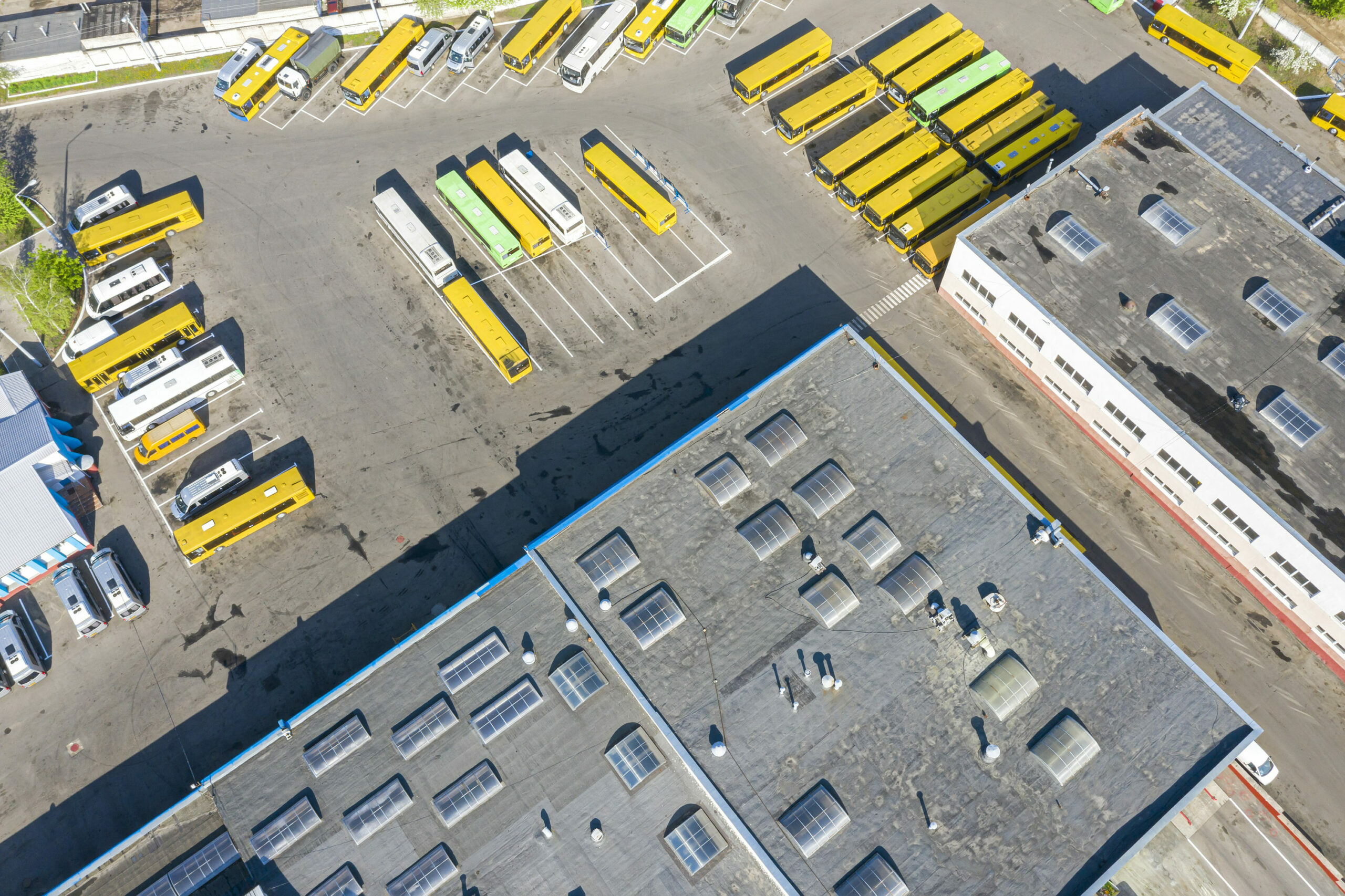
Understanding key risks and how to avoid them. Navigating costs, range, and safety risks.

Important considerations to guide the selection of electric vehicle fleet charging infrastructure.
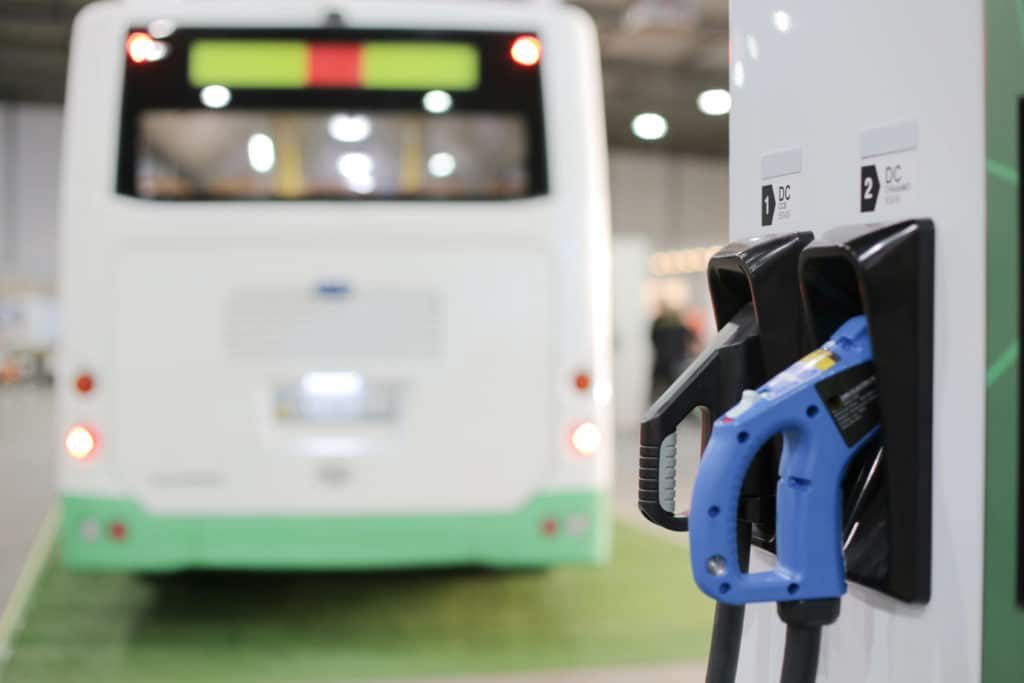
Looking at trade-offs such as cost, charging infrastructure requirements and range.
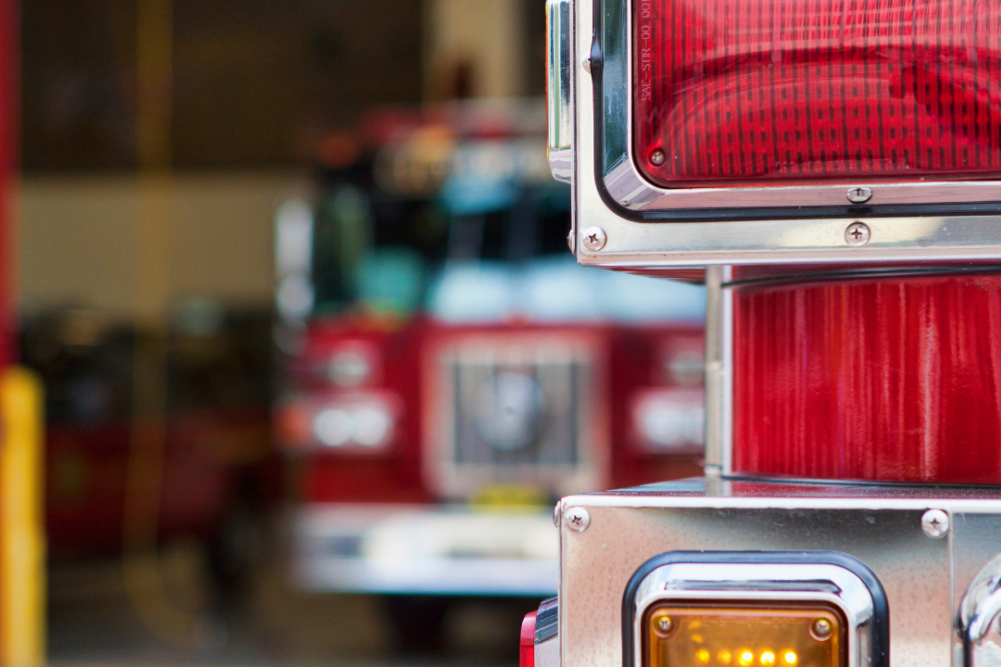
Incidents of electric bus fires over the past few years have brought questions to light.

Exploring what fleets with electric vehicles can do to increase resiliency and plan for emergency scenarios.
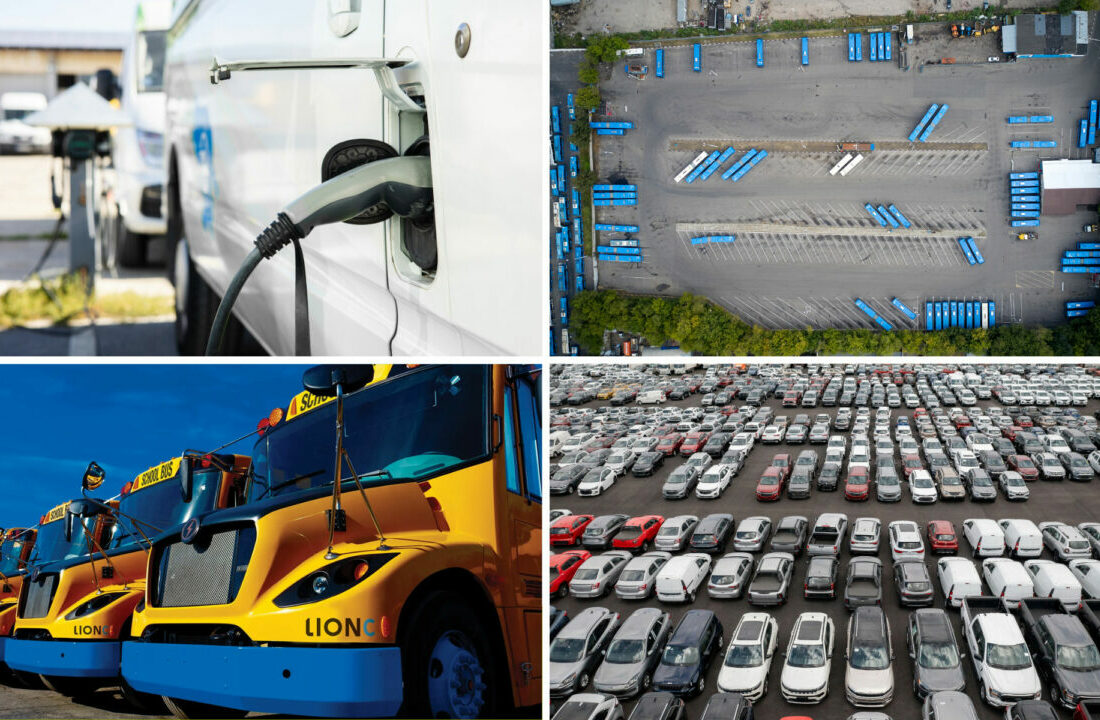
Look into the future of zero emission vehicle fleets with experts including Paul Comfort, Alix Butler, Pamela MacDougall, Neil Gladstone, Anna Martinis, Ian Foster, and Daniel Hilson.